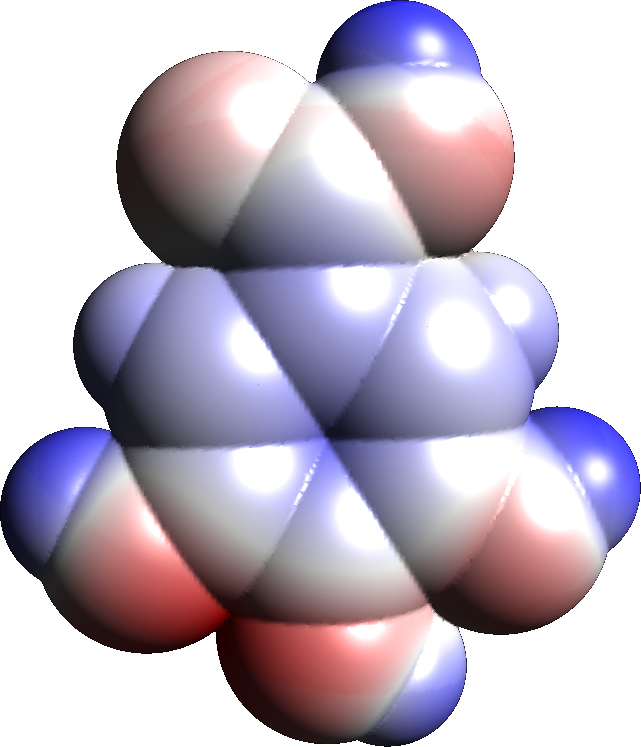|
Nupharin A
Nupharin A is an ellagitannin found in ''Nuphar japonica''.Tannins and Related Compounds. LXXV. : Isolation and Characterization of Novel Diastereoisomeric Ellagitannins, Nupharins A and B, and Their Homologues from Nuphar japonicum DC. Chemical & Pharmaceutical Bulletin, 25 January 1989, volume 37, issue 1, pages 129-134abstract It is a molecule with three gallic acid units and one hexahydroxydiphenic acid unit attached to a glucose residue. It is an isomer of punicafolin and tellimagrandin II Tellimagrandin II is the first of the ellagitannins formed from 1,2,3,4,6-pentagalloyl-glucose. It can be found in '' Geum japonicum'' and ''Syzygium aromaticum'' (clove).Purification and Characterization of Eugeniin as an Anti-herpesvirus Compoun .... References Ellagitannins {{aromatic-stub ... [...More Info...] [...Related Items...] OR: [Wikipedia] [Google] [Baidu] |
Nuphar Japonica
''Nuphar japonica'', known as East Asian yellow water-lily, is an aquatic plant species in the genus ''Nuphar'' found in Japan and the Korean Peninsula. It is endangered in Russia. The species was not accepted by The Plant List , which regarded it as an "unresolved name". ''Nuphar'' × ''saijoensis'' (Shimoda) Padgett is a hybrid between ''N. japonica'' and ''Nuphar pumila, N. pumila''. ''N. japonica'' contains the alkaloids nupharidin, 1-desoxynupharidin, nupharamine, methyl and ethyl esters of nupharamine. The fruits also contains the alkaloids (0.06%) nupharine, beta-nupharidin, desoxynupharidin. In the rhizomes are found the steroid sitosterol, alkaloids acids, higher fatty acids (palmitic, oleic acid) and the ellagitanins nupharin A, nupharin B, B, nupharin C, C, nupharin D, D, nupharin E, E and nupharin F, F.Tannins and Related Compounds. LXXIX. Isolation and Characterization of Novel Dimeric and Trimeric Hydrolyzable Tannins, Nuphrins C, D, E and F, from Nuphar japonicum D ... [...More Info...] [...Related Items...] OR: [Wikipedia] [Google] [Baidu] |
Gallic Acid
Gallic acid (also known as 3,4,5-trihydroxybenzoic acid) is a trihydroxybenzoic acid with the formula C6 H2( OH)3CO2H. It is classified as a phenolic acid. It is found in gallnuts, sumac, witch hazel, tea leaves, oak bark, and other plants. It is a white solid, although samples are typically brown owing to partial oxidation. Salts and esters of gallic acid are termed "gallates". Isolation and derivatives Gallic acid is easily freed from gallotannins by acidic or alkaline hydrolysis. When heated with concentrated sulfuric acid, gallic acid converts to rufigallol. Hydrolyzable tannins break down on hydrolysis to give gallic acid and glucose or ellagic acid and glucose, known as gallotannins and ellagitannins, respectively. Biosynthesis Gallic acid is formed from 3-dehydroshikimate by the action of the enzyme shikimate dehydrogenase to produce 3,5-didehydroshikimate. This latter compound aromatizes. Reactions Oxidation and oxidative coupling Alkaline solutions of gallic a ... [...More Info...] [...Related Items...] OR: [Wikipedia] [Google] [Baidu] |
Hexahydroxydiphenic Acid
Hexahydroxydiphenic acid is an organic compound with the formula HO)3C6HCO2Hsub>2. It is the oxidatively coupled derivative of gallic acid It is a white solid, although samples are typically brown owing to oxidation. left, 142px, Ellagic acid. Hexahydroxydiphenic acid is a component of some ellagitannins, such as casuarictin. Luteic acid is the monolactone and ellagic acid is the dilactone Lactones are cyclic carboxylic esters, containing a 1-oxacycloalkan-2-one structure (), or analogues having unsaturation or heteroatoms replacing one or more carbon atoms of the ring. Lactones are formed by intramolecular esterification of the co ... of hexahydroxydiphenic acid. See also * Diphenic acid References Ellagitannins Pyrogallols Biphenyls Hydroxybenzoic acids {{phenol-stub ... [...More Info...] [...Related Items...] OR: [Wikipedia] [Google] [Baidu] |
Punicafolin
Punicafolin is an ellagitannin from the leaves of ''Punica granatum'' (pomegranate) and in ''Phyllanthus emblica''. Punicafolin is an isomer of tellimagrandin II and nupharin A, but the hexahydroxydiphenoyl Hexahydroxydiphenic acid is an organic compound with the formula HO)3C6HCO2Hsub>2. It is the oxidatively coupled derivative of gallic acid It is a white solid, although samples are typically brown owing to oxidation. left, 142px, Ellagic acid. ... group is not attached to the same hydroxyl groups in the glucose molecule. Punicafolin has been shown to have tumor suppressive effects in dogs.Tanimura S ''et al'' (2005) Suppression of tumor cell invasiveness by hydrolyzable tannins (plant polyphenols) via the inhibition of matrix metalloproteinase-2/-9 activity. ''Biochem Biophys Res Commun'' 330(4):1306-1313 References Pomegranate ellagitannins {{aromatic-stub ... [...More Info...] [...Related Items...] OR: [Wikipedia] [Google] [Baidu] |
Tellimagrandin II
Tellimagrandin II is the first of the ellagitannins formed from 1,2,3,4,6-pentagalloyl-glucose. It can be found in '' Geum japonicum'' and ''Syzygium aromaticum'' (clove).Purification and Characterization of Eugeniin as an Anti-herpesvirus Compound from Geum japonicum and Syzygium aromaticum. Masahiko Kurokawa, Toyoharu Hozumi, Purusotam Basnet, Michio Nakano, Shigetoshi Kadota, Tuneo Namba, Takashi Kawana and Kimiyasu Shiraki, JPET, February 1, 1998 vol. 284 no. 2, pages 728-735article Tellimagrandin II is an isomer of punicafolin or nupharin A, but the hexahydroxydiphenoyl group is not attached to the same hydroxyl groups in the glucose molecule. The compound shows anti-herpesvirus properties. Metabolism It is formed by oxidation of pentagalloyl glucose in '' Tellima grandiflora'' by the enzyme pentagalloylglucose: O(2) oxidoreductase, a laccase-type phenol oxidase. It is further oxidized to casuarictin, a molecule formed via oxidative dehydrogenation of 2 other galloyl ... [...More Info...] [...Related Items...] OR: [Wikipedia] [Google] [Baidu] |
